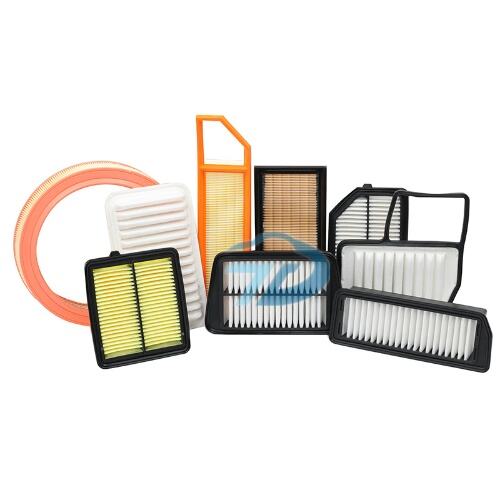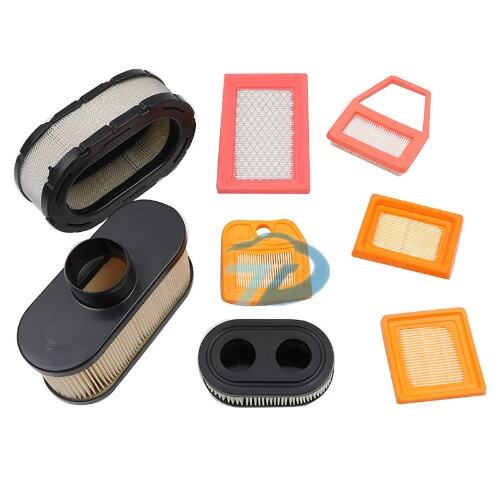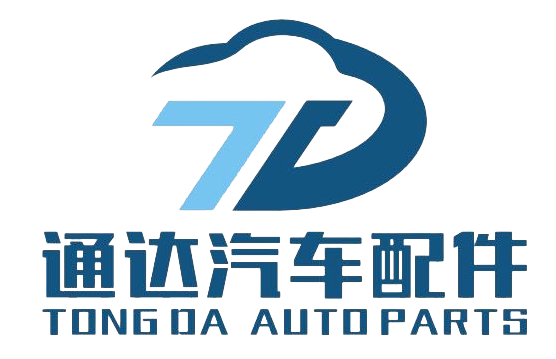Peraturan Operasi lan Pangopènan Safety kanggo Filter Udara Otomotif
**Safety Operation and Maintenance Regulations for Automotive Air Filters**
In modern society, cars have become an indispensable means of transportation in people's daily lives. As an important component of the automotive engine system, the air filter is responsible for filtering impurities in the air and protecting the engine from wear and pollution. Therefore, proper safe operation and maintenance of car air filters are of great significance for ensuring the normal operation of cars, extending engine life, and maintaining driving safety. This article aims to provide a detailed introduction to the safe operation and maintenance procedures of automotive air filters, in order to provide reference for car owners and maintenance personnel.
1、 The Basic Functions and Importance of Automotive Air Filters
The car air filter is located at the front end of the engine intake system, and its main function is to filter out dust, particles, pollen, insects, and other impurities from the air entering the engine cylinder, in order to prevent these harmful substances from causing wear or blockage to the precision components inside the engine, thereby ensuring that the engine can suck in clean air, maintain good combustion efficiency, reduce fuel consumption, and reduce emissions and pollution.
The performance of the air filter is directly related to the lifespan and operational efficiency of the engine. If the air filter is not effectively maintained or replaced for a long time, it will lead to a decrease in filtration efficiency, a large amount of impurities entering the engine, accelerating the wear of components such as cylinders, piston rings, valves, etc. In severe cases, it may also cause serious faults such as cylinder pulling and tile burning, endangering driving safety.

2、 Safety operating procedures for automotive air filters
1. Preparation before inspection**
Before checking or replacing the air filter, ensure that the vehicle is parked in a flat and safe position, and turn off the engine to wait for it to cool completely. At the same time, prepare the necessary tools such as screwdrivers, wrenches, etc., and ensure sufficient lighting in the working environment to clearly observe the condition of the filter.
2. Precautions during disassembly and assembly process**
When disassembling and assembling the air filter, follow the maintenance manual provided by the vehicle manufacturer to correctly identify and disconnect the relevant electrical connections and pipelines. During the disassembly process, avoid using brute force to prevent damage to the filter housing or surrounding components. In addition, pay attention to keeping the work area clean to prevent debris from falling into the intake system.
3. * * Standard process for replacing filters**
When it is confirmed that the air filter needs to be replaced, the dust and impurities at the installation position of the filter should be thoroughly cleaned first, and then the new filter should be installed correctly according to the manual instructions. During the installation process, ensure that the sealing between the filter and the intake pipe is good and there is no air leakage. Finally, reconnect all electrical connections and pipelines, and check if all fixing screws are tightened properly.

3、 Maintenance Regulations for Automotive Air Filters
1. * * Regular inspection and cleaning**
It is recommended that car owners regularly (such as every certain mileage or time) check the air filter according to the recommendations in the vehicle manual. For washable filters, they should be cleaned according to the manufacturer's recommended cleaning methods and cleaning agents, and thoroughly dried before installation and use. For disposable filters, once the filtering effect is significantly reduced or reaches the replacement cycle, they should be replaced immediately.
2. * * Operating environment and maintenance strategy**
The operating environment of a vehicle has a significant impact on the lifespan of the air filter. Vehicles that frequently drive on dusty roads may have a higher frequency of air filter replacement. Therefore, car owners should flexibly adjust the inspection and maintenance cycle of the filter according to the actual situation. Meanwhile, keeping the exterior of the vehicle, especially the air intake, clean can also help extend the lifespan of the air filter.
3. * * Recording and maintenance reminders**
It is recommended that car owners record relevant information, including date, mileage, filter type, and brand, after each filter inspection or replacement, in order to track the use of the filter and plan future maintenance plans reasonably. In addition, modern technology such as mobile apps or in car intelligent systems can be used to set up filter replacement reminders to ensure that important maintenance items are not missed.
In summary, safe operation and maintenance of automotive air filters are crucial for ensuring vehicle performance, extending engine life, and maintaining driving safety. By following the safety operation and maintenance procedures described in this article, car owners and maintenance personnel can effectively improve the efficiency of the air filter, extend its service life, and provide solid guarantees for the stable operation of the car. In practical operation, it is necessary to follow the official guidelines of the vehicle manufacturer to ensure that every operation complies with the specifications and achieves the best maintenance effect.

 EN
EN







































